But that’s not all. 🧐.
Category: particle physics – Page 341

Researchers discover new self-assembled crystal structures
Using a targeted computational approach, researchers in the Department of Materials Science and Engineering at Cornell University have found more than 20 new self-assembled crystal structures, none of which had been observed previously.
The research, published in the journal ACS Nano under the title “Targeted Discovery of Low-Coordinated Crystal Structures via Tunable Particle Interactions,” is authored by Ph.D. student Hillary Pan and her advisor Julia Dshemuchadse, assistant professor of materials science and engineering.
“Essentially we were trying to figure out what kinds of new crystal structure configurations we can self-assemble in simulation,” Pan said. “The most exciting thing was that we found new structures that weren’t previously listed in any crystal structure database; these particles are actually assembling into something that nobody had ever seen before.”
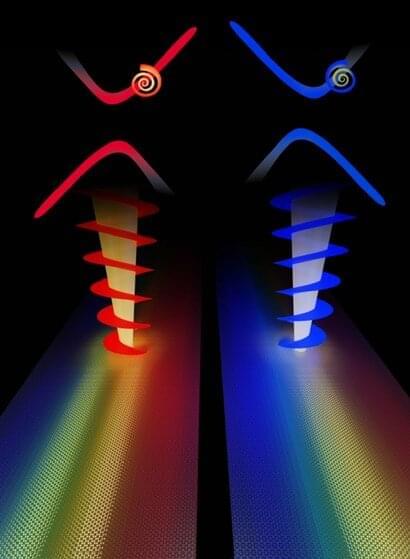
Researchers use structured light on a chip in another photonics breakthrough
In everyday life we experience light in one of its simplest forms—optical rays or beams. However, light can exist in much more exotic forms. Thus, even beams can be shaped to take the form of spirals; so-called vortex beams, endowed with unusual properties. Such beams can make dust particles to spin, just like they indeed move along some intangible spirals.
Light modes with such added structure are called “structured,” and even more exotic forms of structured light can be attained in artificial optical materials—metamaterials, where multiple light waves come together and combine to create the most complex forms of light.
In their two recent works, published back-to-back in Science Advances, and Nature Nanotechnology, City College of New York researchers from Alexander Khanikaev’s group have created structured light on a silicon chip, and used this added structure to attain new functionalities and control not available before.
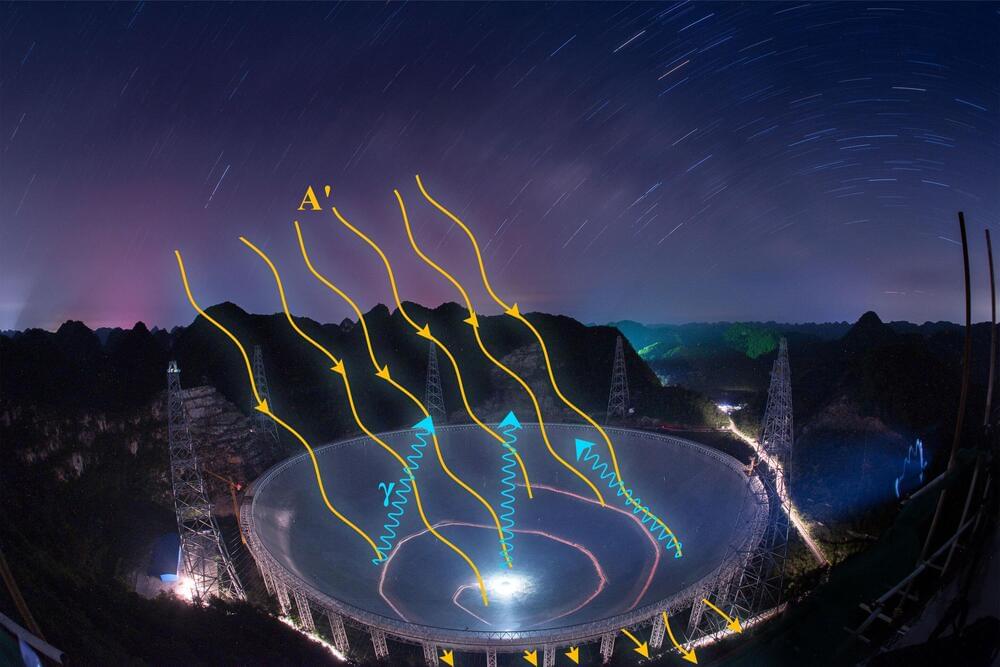
Could dark photon dark matter be directly detected using radio telescopes?
Dark matter, matter in the universe that does not emit, absorb or reflect light, cannot be directly detected using conventional telescopes or other imaging technologies. Astrophysicists have thus been trying to identify alternative methods to detect dark matter for decades.
Researchers at Tsinghua University, the Purple Mountain Observatory and Peking University recently carried out a study exploring the possibility of directly detecting dark photons, prominent dark matter candidates, using radio telescopes. Their paper, published in Physical Review Letters, could inform future searches for dark photons, which are hypothetical particles that would carry a force in dark matter, similarly to how photons carry electromagnetism in normal matter.
“Our previous work studied the conversion of dark photons into photons in the solar corona,” Haipeng An, one of the researchers who carried out the study, told Phys.org.
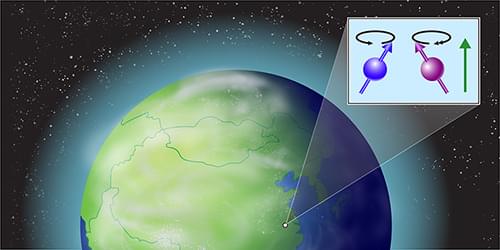
Testing Gravity’s Effect on Quantum Spins
A new search for an interaction between a particle’s intrinsic spin and Earth’s gravitational field probes physics in the regime where quantum theory meets gravity.
Our understanding of physics is supported by two theoretical pillars. The first is quantum field theory, which underpins the standard model of particle physics. And the second is Einstein’s theory of general relativity, which describes the nature of gravity. Both pillars have withstood numerous stringent tests and have had myriad predictions spectacularly confirmed. Yet they are seemingly irreconcilable, hinting at a deeper truth. The path toward reconciling these theories is obscured by the dearth of experiments probing phenomena at the intersection of quantum physics and gravity. Now a team of researchers from the University of Science and Technology of China (USTC), led by Dong Sheng and Zheng-Tian Lu, has stepped into this breach by searching for an interaction between a particle’s intrinsic quantum spin and Earth’s gravitational field with unprecedented sensitivity (Fig. 1) [1].
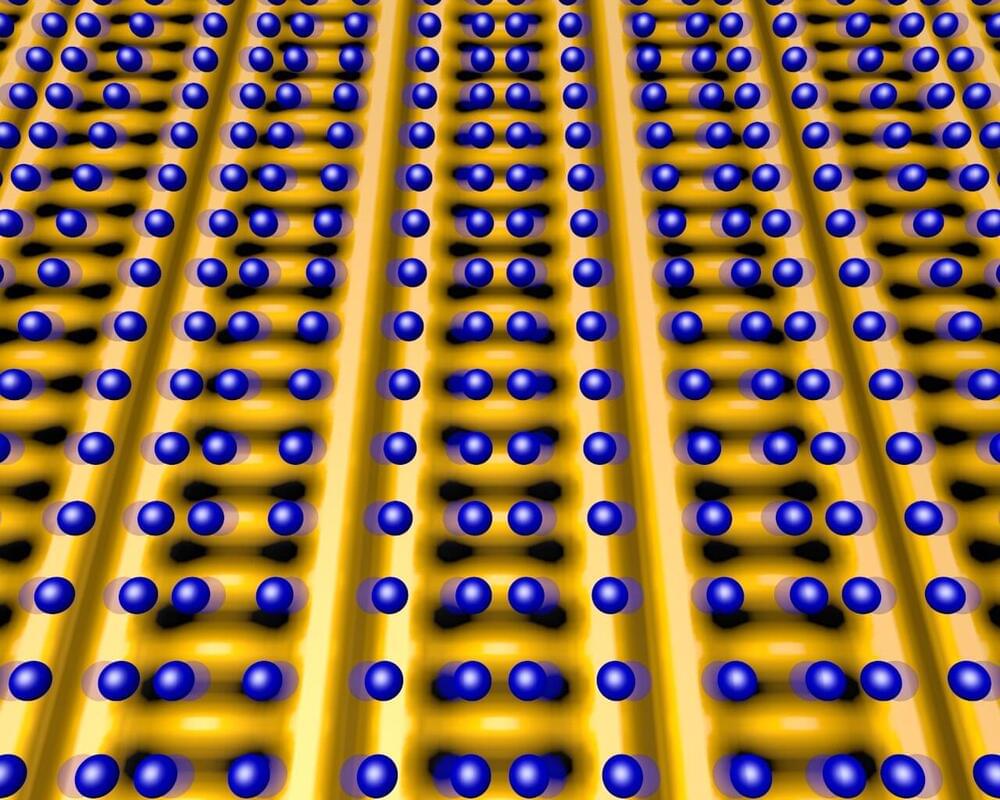
‘Charge density wave’ linked to atomic distortions in would-be superconductor
What makes some materials carry current with no resistance? Scientists are trying to unravel the complex characteristics. Harnessing this property, known as superconductivity, could lead to perfectly efficient power lines, ultrafast computers, and a range of energy-saving advances. Understanding these materials when they aren’t superconducting is a key part of the quest to unlock that potential.
“To solve the problem, we need to understand the many phases of these materials,” said Kazuhiro Fujita, a physicist in the Condensed Matter Physics & Materials Science Department of the U.S. Department of Energy’s Brookhaven National Laboratory. In a new study just published in Physical Review X, Fujita and his colleagues sought to find an explanation for an oddity observed in a phase that coexists with the superconducting phase of a copper-oxide superconductor.
The anomaly was a mysterious disappearance of vibrational energy from the atoms that make up the material’s crystal lattice. “X-rays show that the atoms vibrate in particular ways,” Fujita said. But as the material is cooled, the X-ray studies showed, one mode of the vibrations stops.
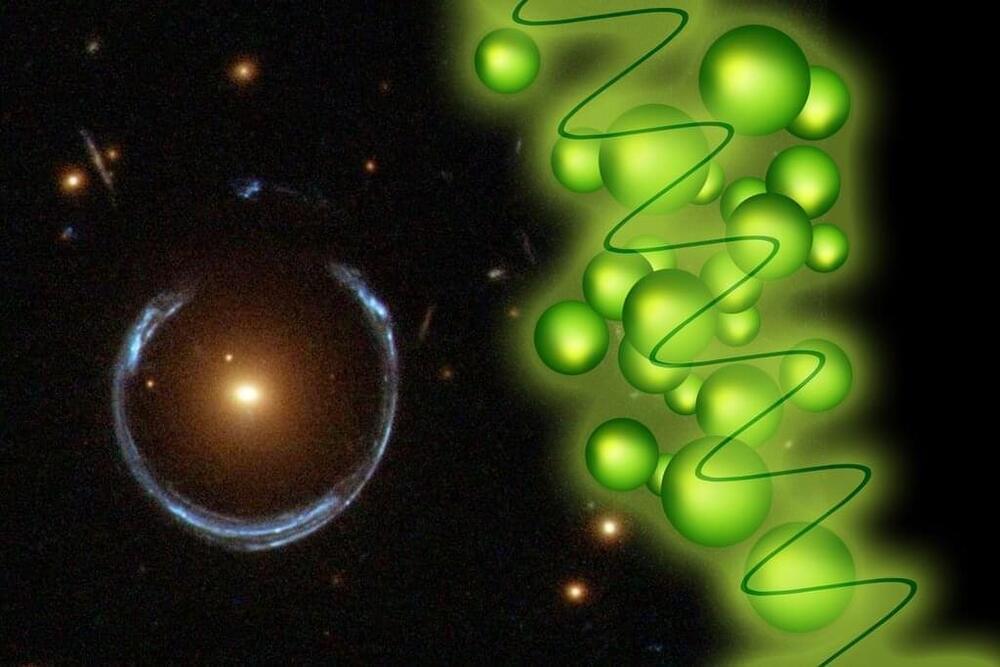
Curved spacetime in a quantum simulator
The theory of relativity works well when you want to explain cosmic-scale phenomena—such as the gravitational waves created when black holes collide. Quantum theory works well when describing particle-scale phenomena—such as the behavior of individual electrons in an atom. But combining the two in a completely satisfactory way has yet to be achieved. The search for a “quantum theory of gravity” is considered one of the significant unsolved tasks of science.
This is partly because the mathematics in this field is highly complicated. At the same time, it is tough to perform suitable experiments: One would have to create situations in which phenomena of both the relativity theory play an important role, for example, a spacetime curved by heavy masses, and at the same time, quantum effects become visible, for example the dual particle and wave nature of light.
At the TU Wien in Vienna, Austria, a new approach has now been developed for this purpose: A so-called “quantum simulator” is used to get to the bottom of such questions: Instead of directly investigating the system of interest (namely quantum particles in curved spacetime), one creates a “model system” from which one can then learn something about the system of actual interest by analogy. The researchers have now shown that this quantum simulator works excellently.

Weird particle that remembers its past discovered by quantum computer
Particles with unusual properties called anyons have long been sought after as a potential building block for advanced quantum computers, and now researchers have found one – using a quantum computer.
By Alex Wilkins

Engineering graphene-based quantum circuits with atomic precision
😗😁
Imagine having a building made of stacks of bricks connected by adaptable bridges. You pull a knob that modifies the bridges and the building changes functionality. Wouldn’t it be great?
A team of researchers led by Prof. Aitor Mugarza, from the Catalan Institute of Nanoscience and Nanotechnology (ICN2) and ICREA, together with Prof. Diego Peña from the Center for Research in Biological Chemistry and Molecular Materials of the University of Santiago de Campostela (CiQUS-USC), Dr. Cesar Moreno, formerly a member of ICN2’s team and currently a researcher at the University of Cantabria, and Dr. Aran Garcia-Lekue, from the Donostia International Physics Center (DIPC) and Ikerbasque Foundation, has done something analogous, but at the single-atom scale, with the aim of synthesizing new carbon-based materials with tunable properties.
As explained in a paper just published in the Journal of the American Chemical Society (JACS) and featured on the cover of the issue, this research is a significant breakthrough in the precise engineering of atomic-thin materials —called “2D materials” due to their reduced dimensionality. The proposed fabrication technique opens exciting new possibilities for materials science, and, in particular, for application in advanced electronics and future solutions for sustainable energy.
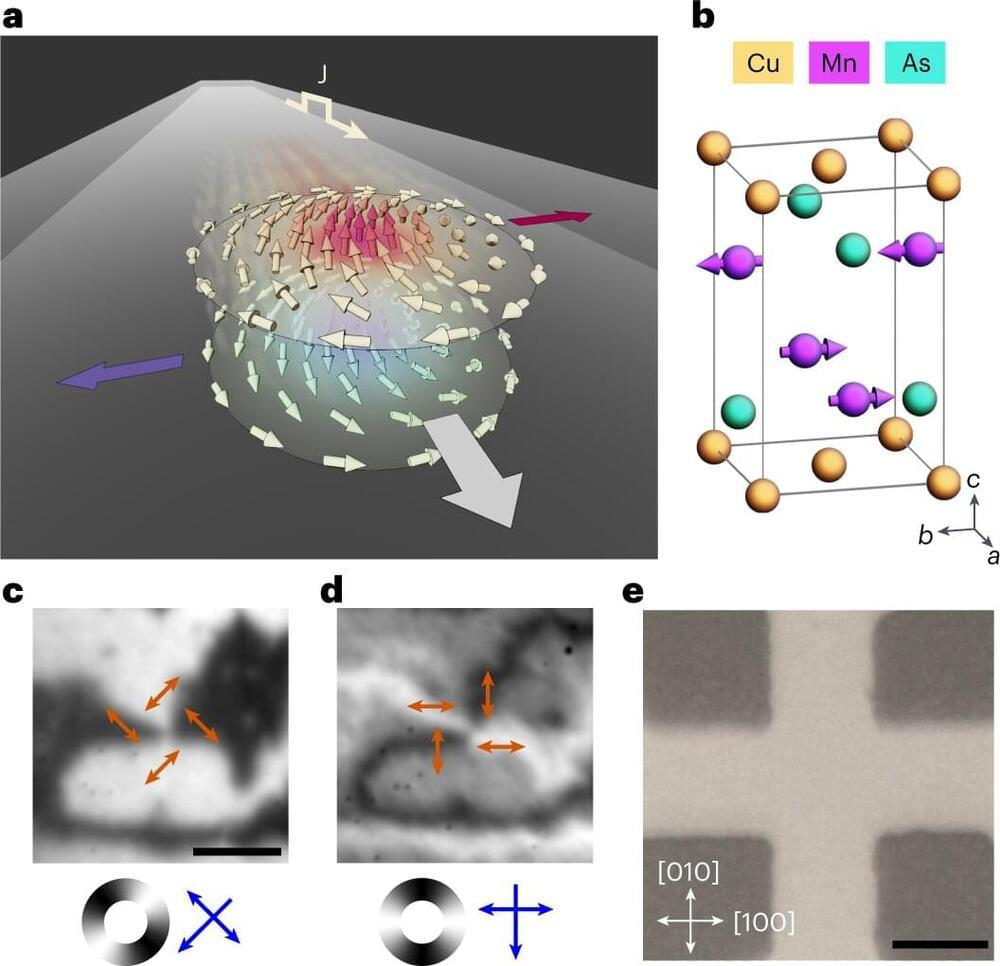
Researchers demonstrate electrical creation and control of antiferromagnetic vortices
A new study has shown for the first time how electrical creation and control of magnetic vortices in an antiferromagnet can be achieved, a discovery that will increase the data storage capacity and speed of next generation devices.
Researchers from the University of Nottingham’s School of Physics and Astronomy have used magnetic imaging techniques to map the structure of newly formed magnetic vortices and demonstrate their back-and-forth movement due to alternating electrical pulses. Their findings have been published in Nature Nanotechnology.
“This is an exciting moment for us, these magnetic vortices have been proposed as information carriers in next-generation memory devices, but evidence of their existence in antiferromagnets has so far been scarce. Now, we have not only generated them, but also moved them in a controllable way. It’s another success for our material, CuMnAs, which has been at the center of several breakthroughs in antiferromagnetic spintronics over the last few years,” says Oliver Amin.